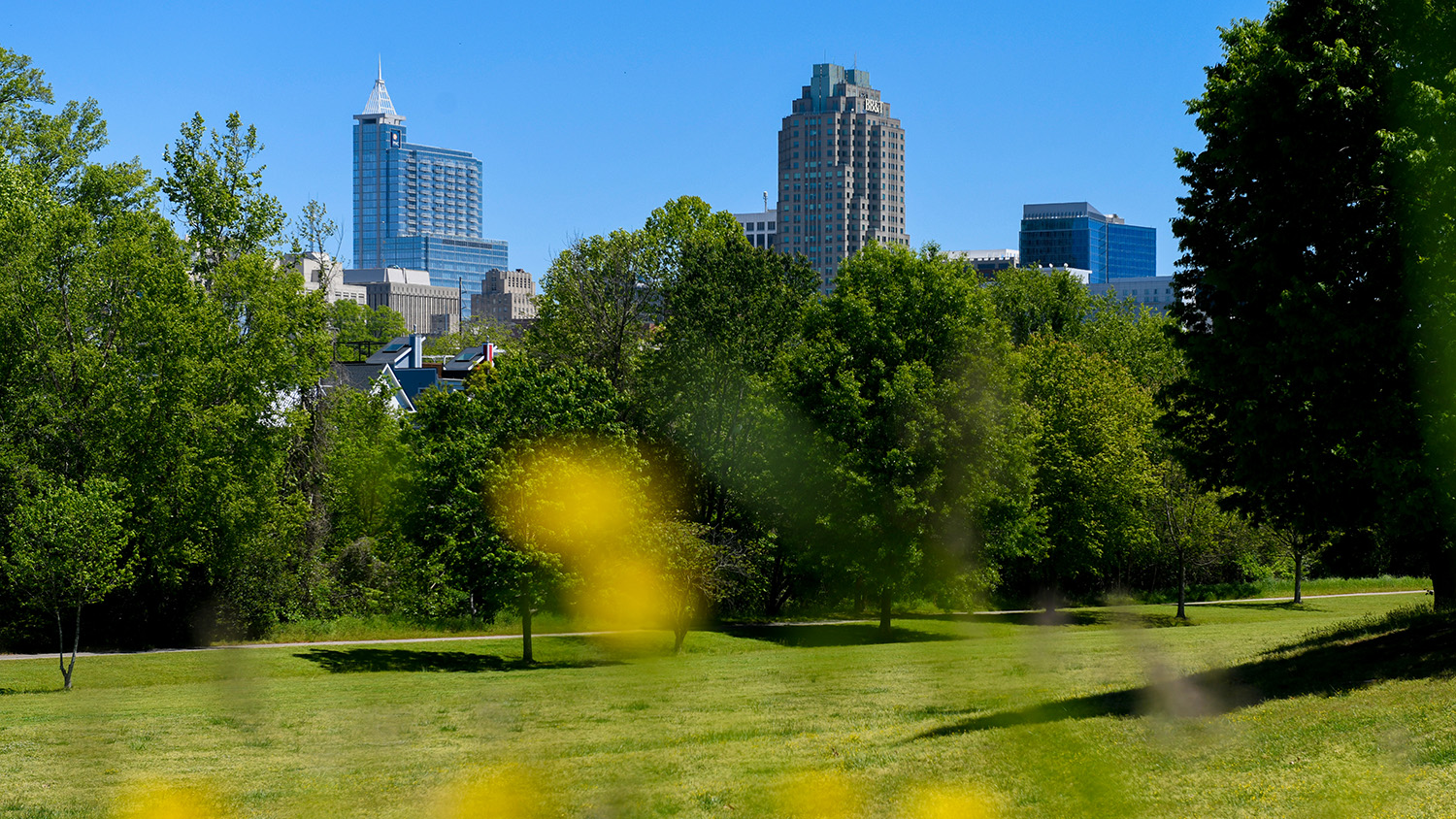“Biodiversity is Not a Luxury”: Study Explores the Connection Between Wealth and Ecosystem Health

A new study suggests that a more complex understanding of how wealth and biodiversity are linked may help communities with little wealth achieve the levels of diversity typically associated with more affluent areas.
Researchers have long understood that areas with more wealth tend to have higher biodiversity, a phenomenon known as the “luxury effect.” However, the mechanisms by which wealth translates into biodiversity have been relatively underexplored, said Madhusudan Katti, associate professor of forestry and environmental resources at NC State.
Katti, senior author of a paper on the study, said that framing biodiversity as a luxury undercuts the agency that people have in creating it. “Biodiversity is not a luxury, it is something we can work to nurture in cities. It is not just a passive byproduct of wealth. Rather than just rely on the correlation of wealth and biodiversity, we wanted to understand the many ways that biodiversity intersects with different social pressures and systems.”
To do this, researchers began with the land itself. By first analyzing the common characteristics of biodiverse areas, they were able to work backward to uncover the processes that promoted biodiversity and the social structures which would allow those processes to occur. Katti referred to this as the social-ecological framework, which examines how nature is shaped by human actions in a social context.
“Socially, you have actors who make decisions about land use and management,” Katti said. “Someone decides how land will be used, whether it’s a city deciding where a park is going to go or zoning for industry. Then you also have individuals in their backyards deciding what they want to do with it, whether they want to a lawn, a pollinator friendly garden or something else.”
Those decisions are part of what the study calls the POSE framework. Rather than rely on descriptors like “luxury,” the framework instead describes four social factors that determine how an individual, community group, or institution can influence biodiversity: power, objectives, social/ecological context and effort (POSE).
Each piece of the framework represents a point of influence that communities can leverage to build biodiversity, and which may explain the luxury effect. A person with more wealth who owns a home, for instance, would have more power over the landscape on their property than someone living in an apartment complex.
By using the POSE framework, communities with less wealth can find ways to leverage the resources they do have, such as focusing on increasing effort through collective organizing. Katti hopes that the POSE framework will help inspire people to work toward healthier landscapes in their communities.
“We want people to understand that they can influence the landscape around them even without a lot of money,” Katti said. “This is what community groups have been doing for a long time: they organize to overcome the handicap of wealth through effort. Our paper is a call to action. Biodiversity is achievable, and people have the power to create it together.”


